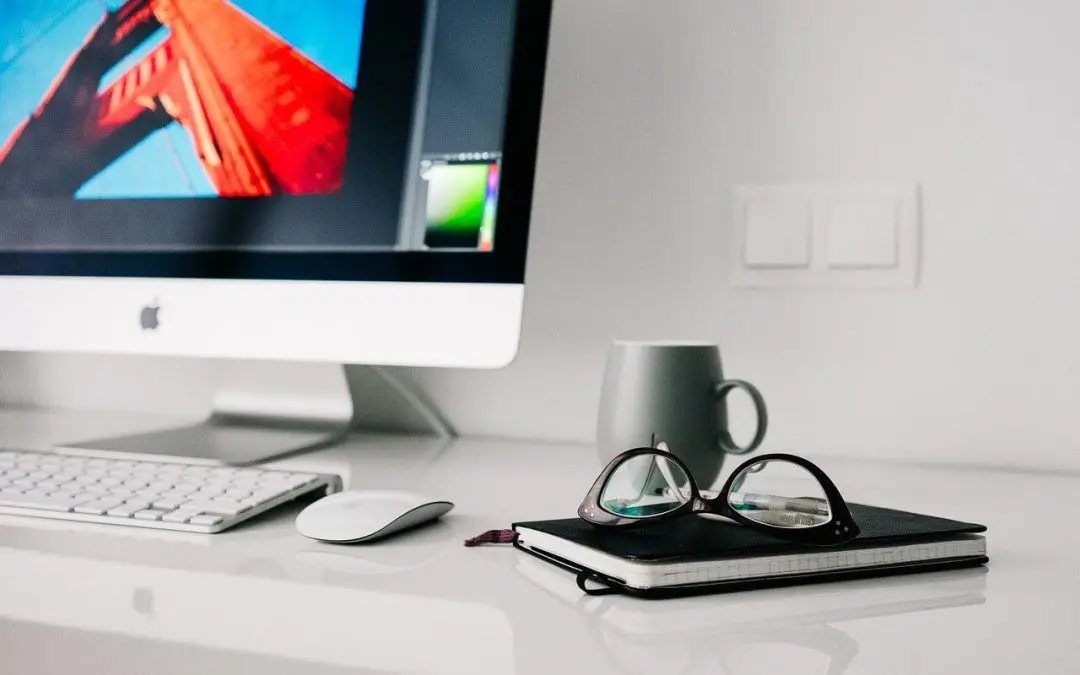Working from home has become the norm for many people, but setting up a functional home office doesn’t have to cost a fortune. You can build an efficient home office on a budget with a little creativity and some smart choices. Here’s how to get started.
Choose the Right Space
The first step is finding the best spot for your home office. If you have a spare room, that’s ideal, but not everyone has that luxury. Look for an underused area in your home, like a corner of the living room, a section of the bedroom, or even a large closet. Find a space that minimizes distractions and allows you to focus on work.
Use What You Have to Build a Home Office on a Budget
Before buying anything new, take inventory of what you already own. Do you have a table or desk that could work? A dining chair that’s comfortable enough to sit in for hours? Repurposing furniture saves money and helps you get started right away. Even things like bookshelves, lamps, and storage bins you already have can serve a purpose in your home office.
Shop Smart for Essentials
If you need to buy furniture, look for budget-friendly options. Thrift stores, online marketplaces, and discount retailers often have great deals on desks and chairs. If you’re handy, build a simple desk using affordable materials like plywood and brackets. Office chairs can be expensive, but there are plenty of comfortable, ergonomic options available at reasonable prices.
For technology, you don’t need the latest and greatest gadgets. A reliable computer and a good internet connection are the top priorities. If your current setup isn’t cutting it, look for refurbished or gently used equipment, which can save you hundreds of dollars.
Get Creative with Storage When You Build a Home Office on a Budget
A cluttered workspace can make it hard to concentrate, so finding smart storage solutions is important. Floating shelves are inexpensive and easy to install, providing extra space without taking up floor room. Baskets, bins, and drawer organizers help keep everything in its place. If you don’t have a filing cabinet, a simple file box can keep important papers organized without taking up much space.
Improve Lighting on a Budget
Good lighting is essential for a productive workspace. Natural light is ideal, so position your workspace near a window if possible. If that’s not an option, look for affordable desk or floor lamps with LED bulbs that provide bright, natural-looking light. Even a simple clip-on lamp can do the trick without costing much.
Reduce Distractions
One of the biggest challenges of working from home is staying focused. Noise-canceling headphones can be a great investment, but if they’re out of your budget, a simple pair of earbuds playing white noise or instrumental music can help.
If you share your home with others, setting up a visual boundary—like a curtain, a bookshelf, or even a folding screen—can create a sense of separation and let others know you’re in work mode. Communicating clear boundaries with family members or roommates about your work schedule can also help minimize interruptions.
Be resourceful and use what you already have when possible for your home office. With a little effort, you can create a comfortable, functional workspace that helps you stay productive without spending a fortune.
Frequently Asked Questions on How to Build a Home Office on a Budget
Do I need a dedicated room for a home office?
No, you can set up a functional home office in a corner of a room, a closet, or any quiet area with enough space for your essentials.
What’s the most important piece of furniture for a home office?
The most important pieces are a comfortable chair and a sturdy desk. You don’t need to spend a lot, but investing in something ergonomic will make a big difference in your comfort and productivity.
How can I make my home office look professional on a budget?
Keeping the space organized, using a neutral or calming color scheme, and adding a few decorative elements like plants or artwork make the office look polished.
What’s the best way to minimize distractions in a small space?
Using noise-canceling headphones, setting up a visual boundary, and communicating your work schedule with those around you can help minimize distractions.
How can I improve my home office lighting without spending a lot?
Position your workspace near a window for natural light, use affordable LED bulbs, and consider clip-on or floor lamps to brighten the area without a big investment.
Home Inspectors of Columbus offers home inspections to customers in the Chattahoochee Valley. Contact us to request our services.

